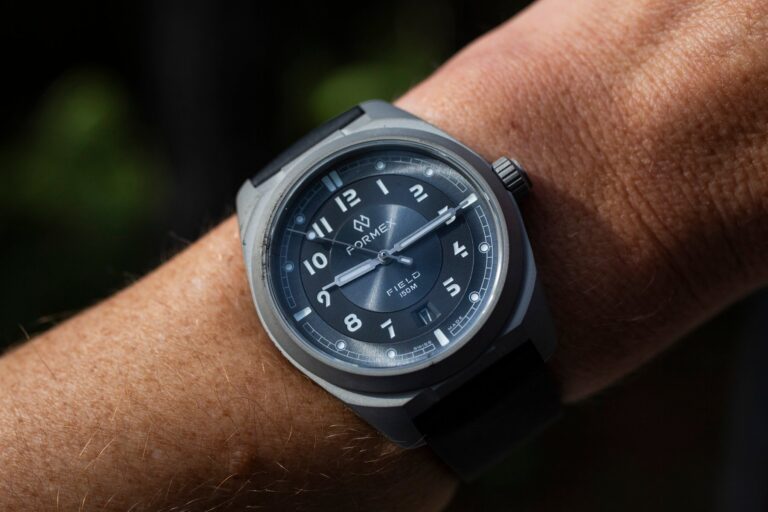Arabic numbers are often recognized as one of the easiest ways to read time at a glance. For centuries, Roman figures have been a fashionable standard for timetelling. Recently, Arabic numbers alongside markers have been considered as the “standard” way of communicating time. This is particularly relevant when Arabic numbers are most frequently displayed on digital screens. I also think Arabic numbers are the easiest way to read time. Below are five examples of clocks that incorporate Arabic numbers that are worth your time.
However, first we need to explain what the term “Arabic numerals” means. Arabic numbers come from India. Europeans were first exposed to Arabic numerals in the 10th century. Italian scholar Fibonacci (from Pisa) encountered the figures of the Algerian city of Bejaia and used them in 13th century works Free Abasi. This is considered important to inform them in Europe. However, research shows that they continued to be used primarily in northern Italy until the invention of printing presses in the 15th century. Today, Arabic numbers (0, 1, 2, 3, 4, 5, 6, 7, 8, and 9) are the most commonly used symbols for writing numbers.
Evolution of Indian Numbers into Arabic Numbers and their adoption in Europe – Image: Wikicommons
Arabic numerals clock
I began my clock journey with a clock with an Arabic number. The watch was a Seiko 5 Snzg11. It accompanied me through my trip to Asia. Now, ten years later, I still remember the wonder of staring at the open case and seeing the mechanical movements pounding inside. Many people may recommend diving watches as the first mechanical watch for budding enthusiasts. But if anyone asks me (not everyone), I sincerely recommend something with Arabic numbers. I don’t know about you, but using these symbols to communicate the time from the dial is much easier and there is less mental arithmetic. Here are five recommendations I give:
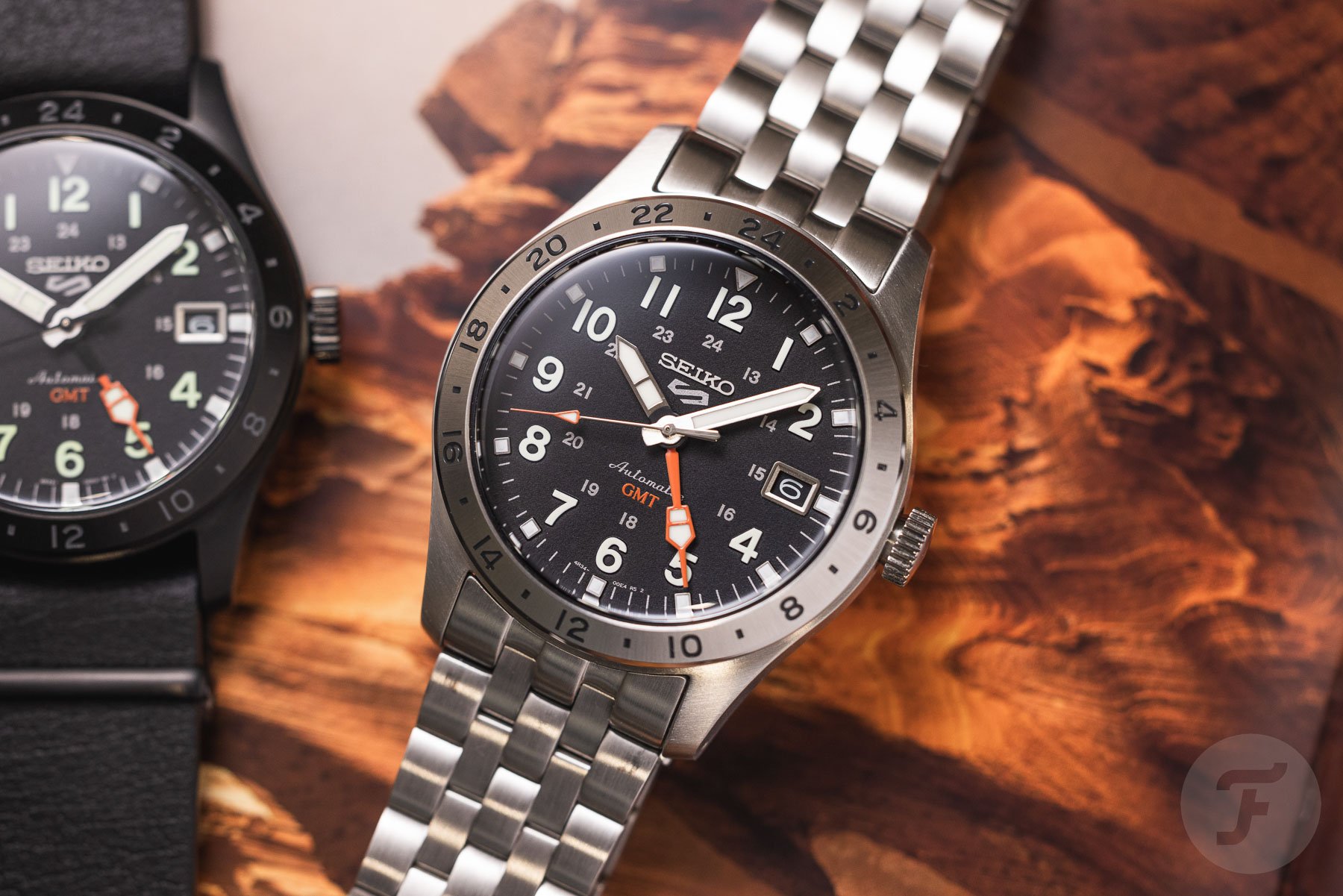
Seiko 5 Sports GMT “Field”
Seiko SSK023 shares many of my Seiko 5 SNZG11 design languages. However, features will be added using the Seiko 4R34, a GMT caliber. It avoids displaying for the day, but shares many of the same specifications as the 4R36, including a 41-hour power reserve and a 21,600VPH frequency. The SSK023 comes with a simple stainless steel 24-hour bezel secured in a 39.4mm case. The watch is 13.6mm thick and 47.9mm from lug to lug. It has a coarse matte black dial with Lumibrite indexes and numbers (1-12), a scale of 13-24 hours, and a date window with applied frames. This is a simple layout that is easy to read and functional.
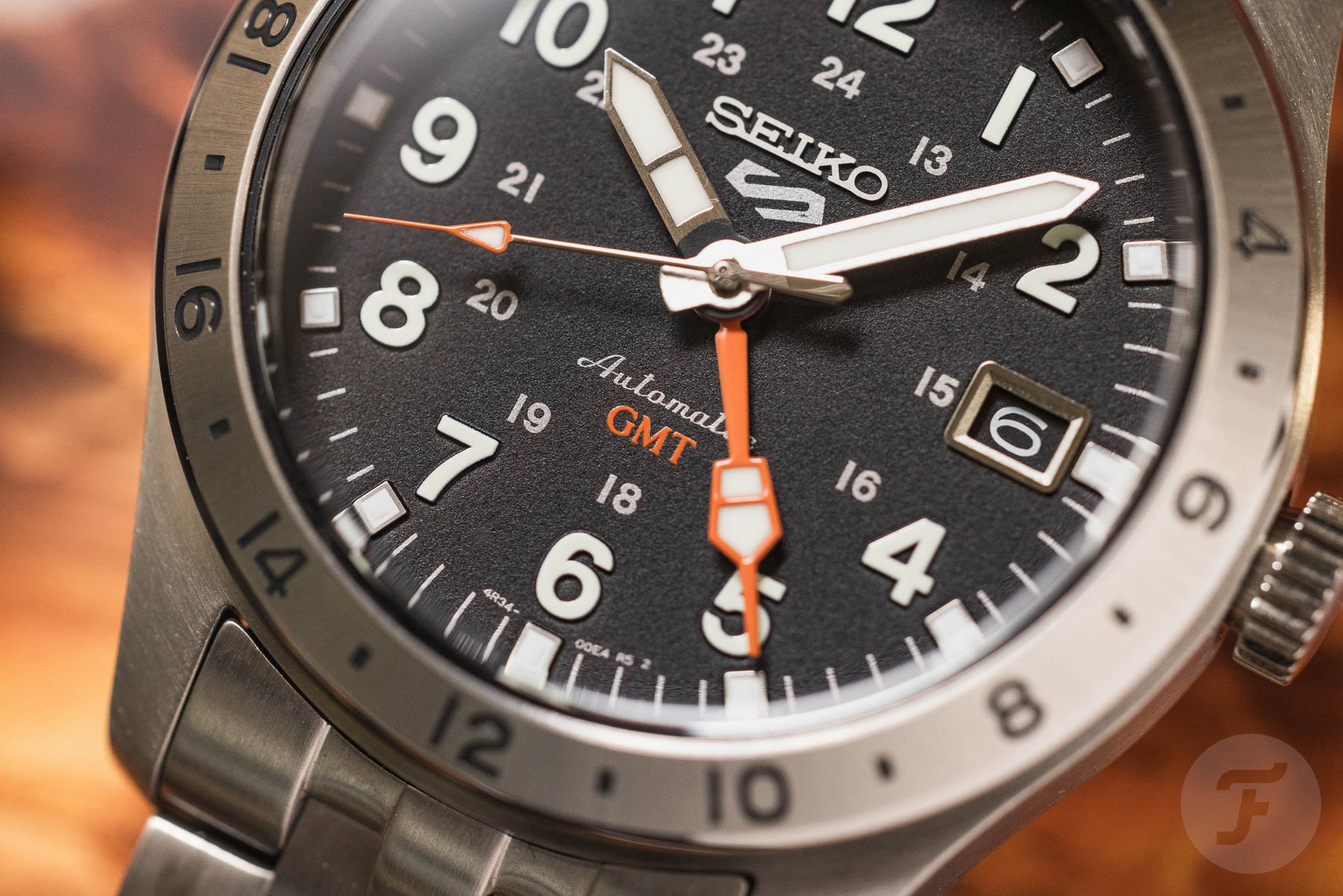
More generally, another great feature of the Seiko 5 Sport Line is its 100m water resistance. Even a simple push-pull crown, this rating offers plenty of functionality to wear this watch freely in any pool or most sea adventures. The lug has a 20mm spacing, which means there is a huge number of strap options available to the owner. Adding this to the realistic aesthetics of a field-like black dial watch with a fixed stainless steel bezel, there is Seiko’s true GADA option.
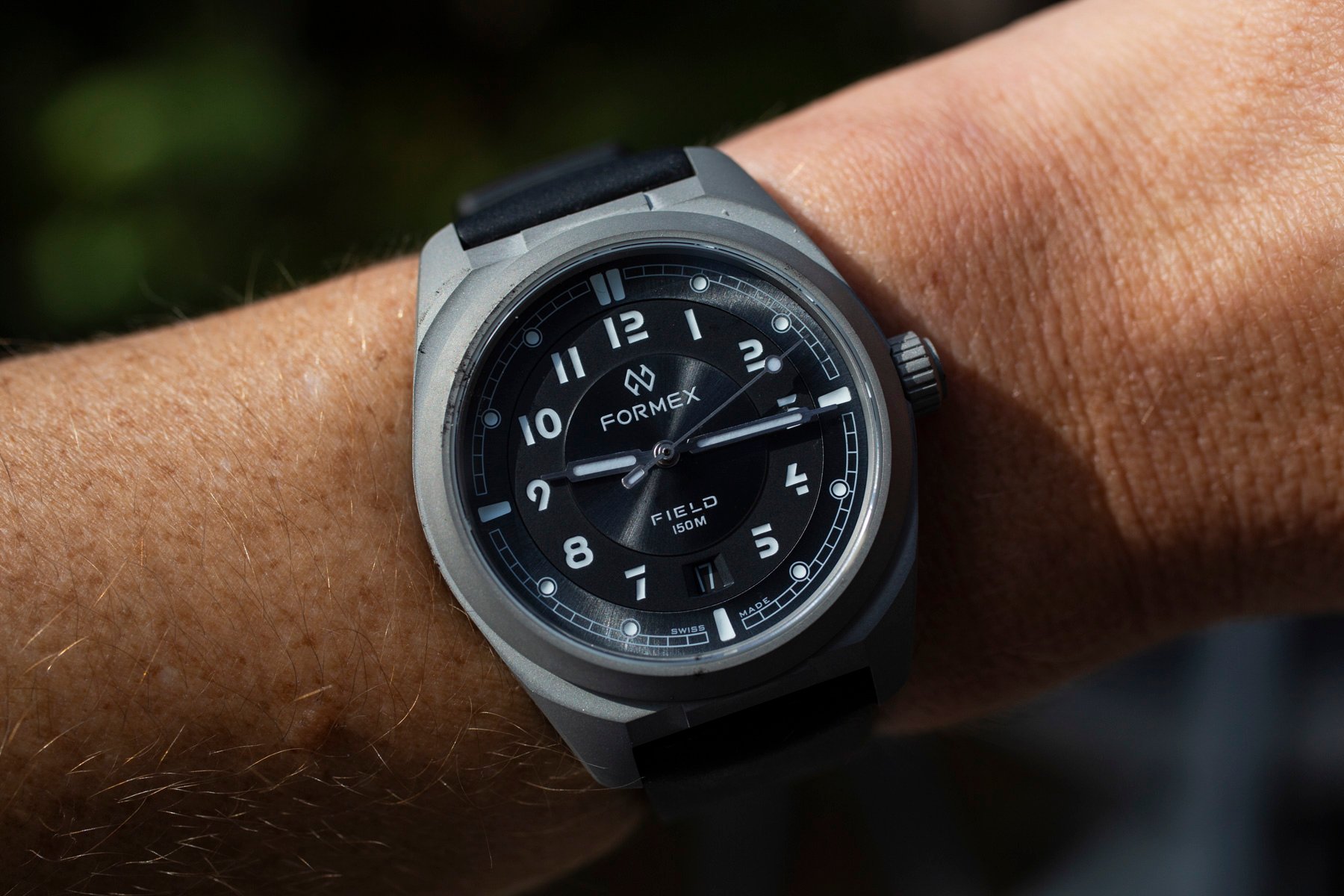
Formex Field Automatic
Formex recently re-energized its entry-level field automatic model. The spec list (particularly impressive at the asking price) remained unchanged. However, the dial has been significantly changed. This completely changes the mood of the watch. In addition to the excellent quality and price ratio, one thing I appreciate about Formex is that its designer is willing to take risks because it is avant-garde. Formex Field Automatic is no exception. There are numbers that refer to Art Deco motifs. For example, look at cutoff 9.
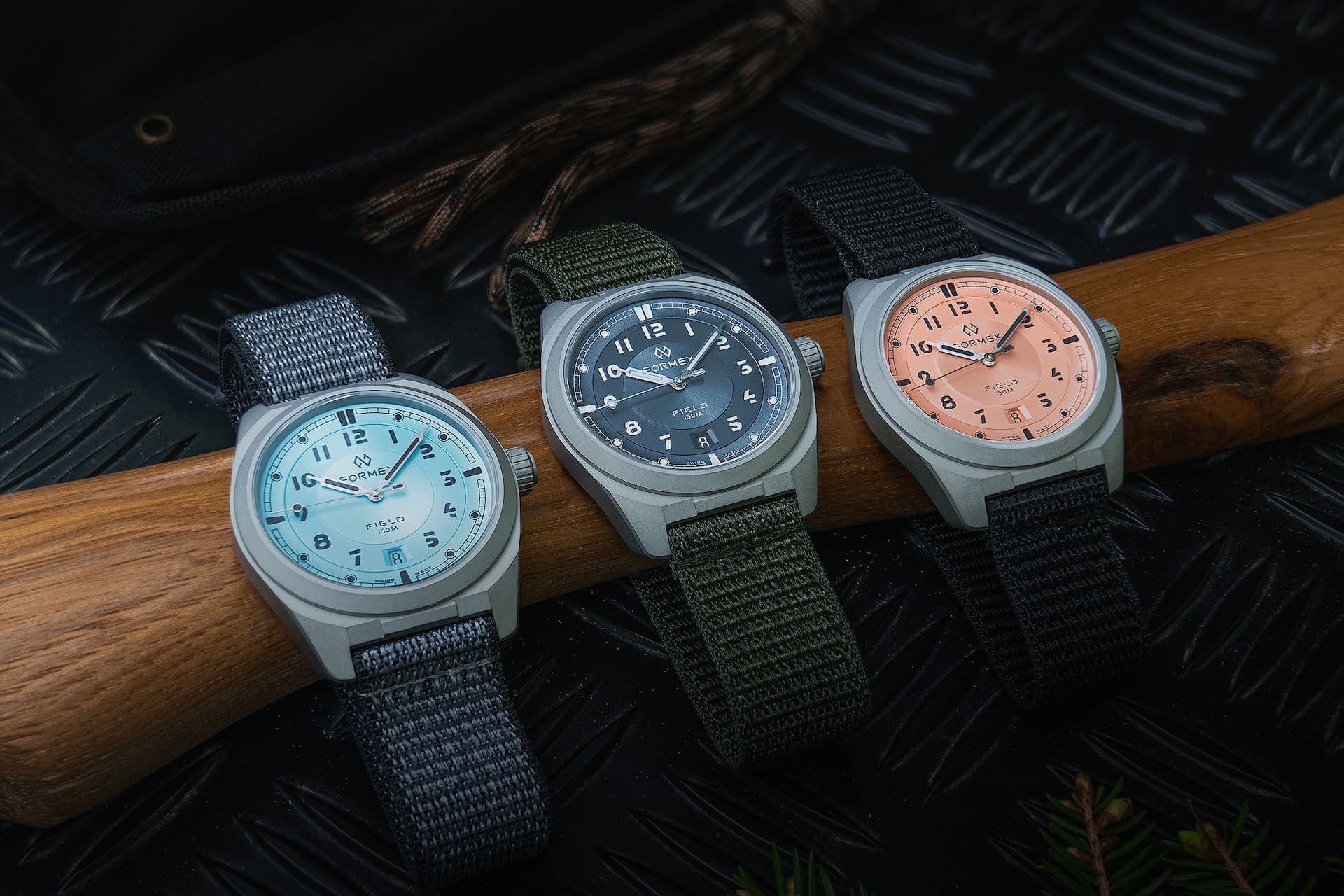
That said, the overall feel and appearance of the watch is very modern. The Bead Blast Grade 2 Titanium Case is hardened to a 900 Vickers. Speaking of cases, it comes with a compact 40mm diameter 46.6mm lug-to-lug and 10.6mm thick, which is wonderful and slim. The under-screw crown helps to provide 150 meters of water resistance.
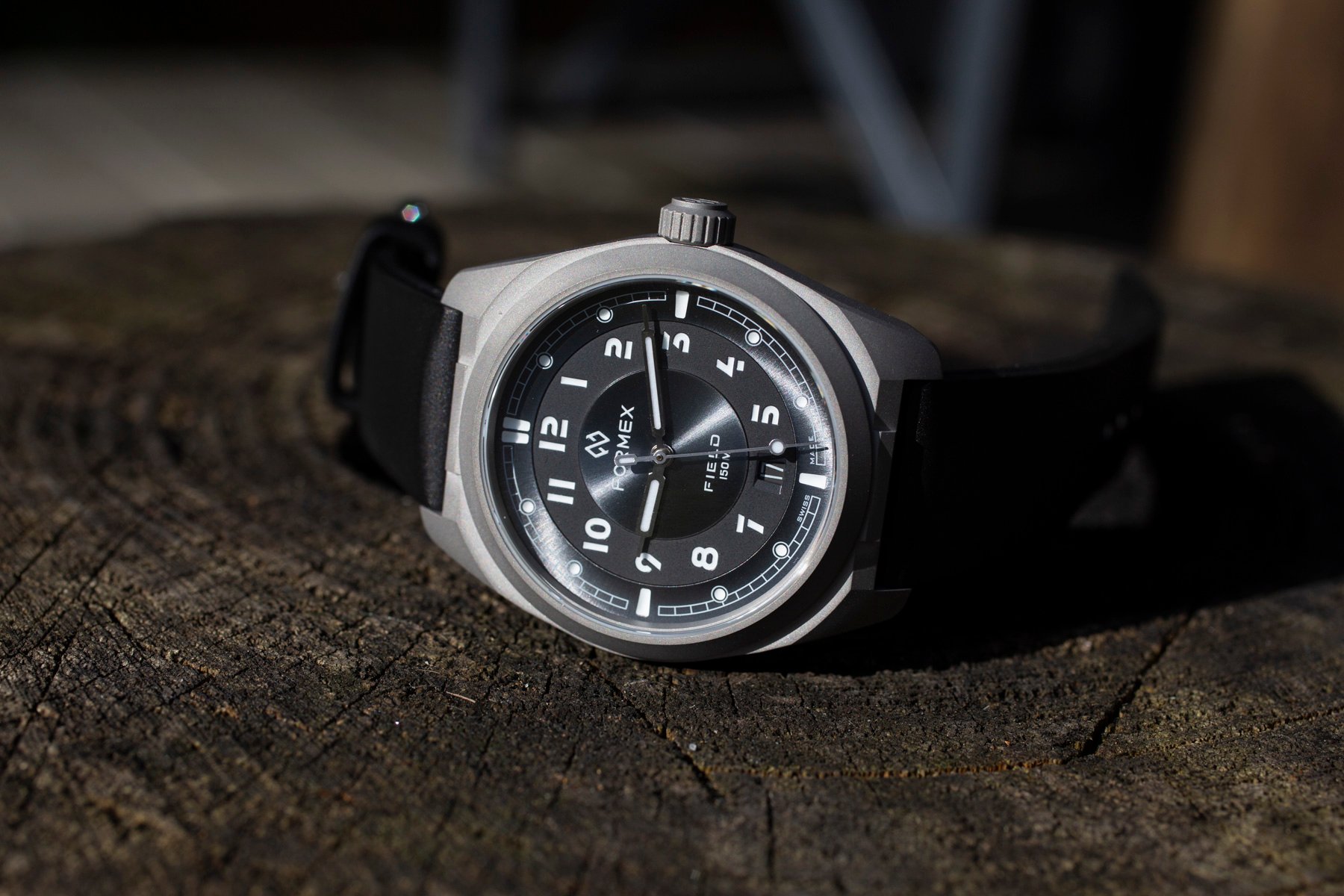
A strong value proposition
This watch comes with a Sellita SW200 caliber equivalent to the ETA 2824, making it perfect for the rugged tool watch category that this piece lives in. The date is 6 o’clock, which is nice and the room is excellent (especially on the charcoal dial). Speaking of dials, there are three new options: field automatics of this generation – salmon, aquamarine and charcoal. Unlike the other two, the charcoal plate has white numbers (and stronger rooms). That would be my bunch’s choice.
Some of my Fratello colleagues found Formex Field Automatic Trempretivess. I understand why. This watch is interesting, surprisingly complex, and has multiple design components. It has a busy design that will grow into you when you are dealing with it directly.
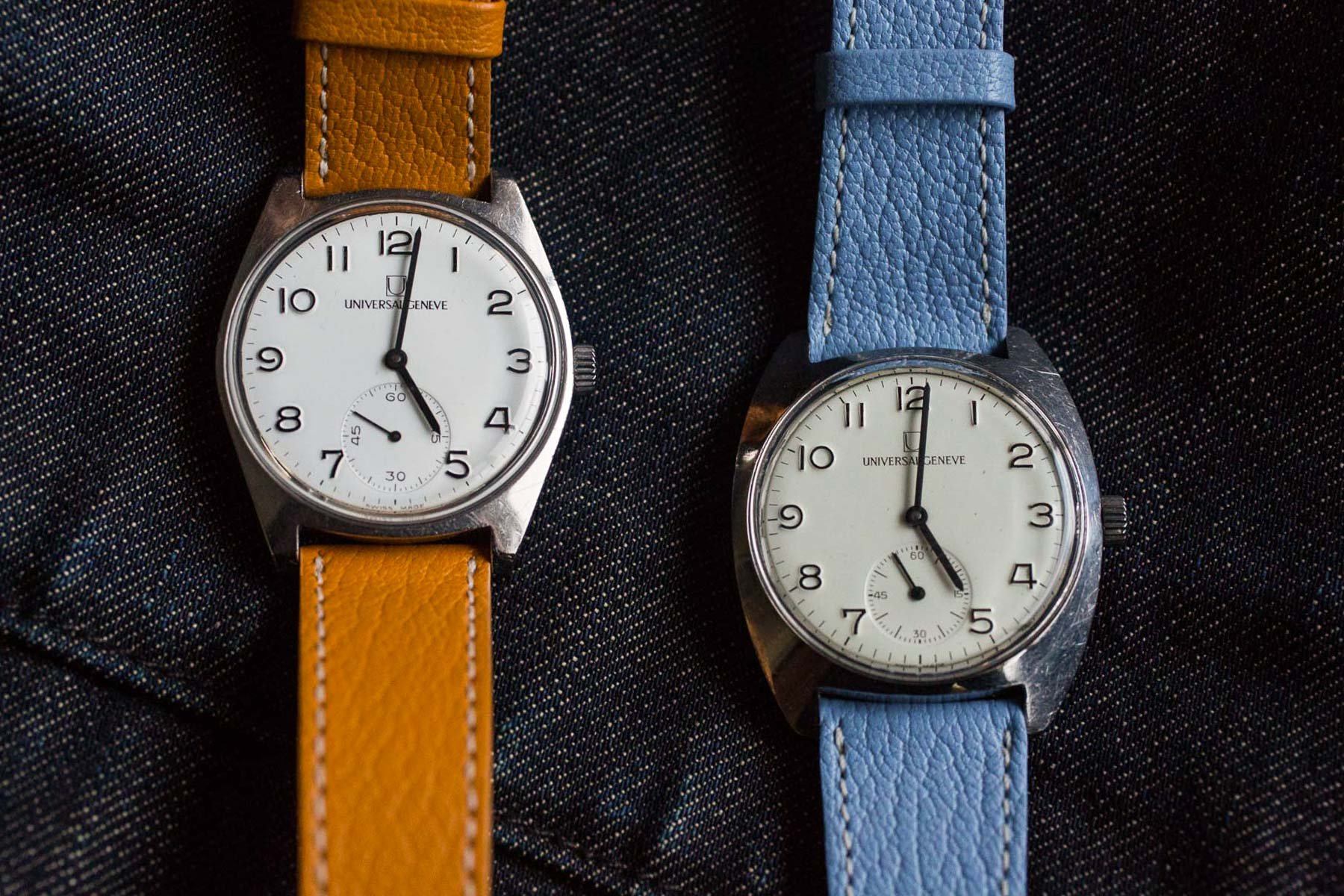
Vintage Jewelry: Universal Geneva “FS”
Universal Geneva “FS” stands for Ferrovi de Losoto (“Italian Railway”), and is a set of clocks of three variants or marks, all with white dials, black Arabic numbers, and subseconds. These watches were provided to Italian railway workers. In the early 1960s, Universal Geneva, Swiss Watch Company, already a popular Italian brand, became the go-to supplier of Ferrovi dellostat.

But rather than the complicated chronographs that Universal Geneve made its own name in the era, these watches were specially made, with simple elegant watches for Italian railway workers. These very easy-to-read vintage Universal Geneva FS models were produced from the early 1960s to the mid 1970s.

Beautiful enamel dial
Universal Geneve has installed these watches with a caliber 64 and a non-hacking movement. Estimates vary, but it is believed that around 80,000 Universal Geneva FS watches were created, with the second version being the most common of the three. The Universal Genève FSMKI I had a smaller 34mm case, while the MK II and MK III versions were equipped with 36mm cushion cases. The MK I and MK II had enamel dials. The engraved Arabic numbers rise from the dial, creating a 3D pop effect on the outer light.
The numbers themselves have the mystical fonts that I love. Open 6 of the subsecond register on MK I is a very subtle but cool detail that is not present in My MK II. The more you look at these seemingly simple dials, the more nuances you will see. These watches are of beauty.
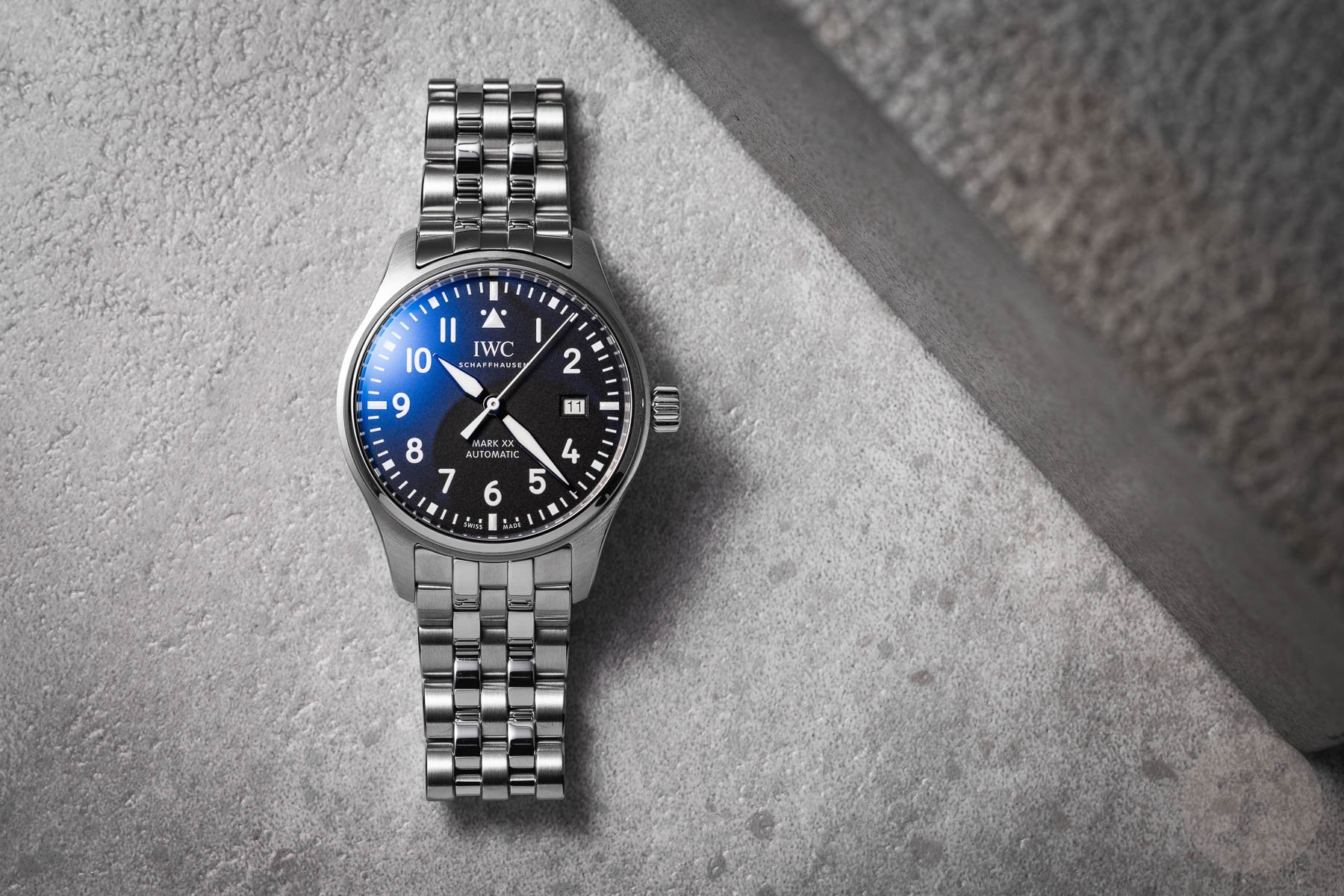
IWC Mark Series
Regular readers of my contributions to Fraterism may roll their eyes at this point. If you don’t know, I’m a fan of IWC. This Schaffhausen-based watch company has a renowned tradition of creating aviation watches. These were designed to be as easy to read as possible, allowing pilots and navigators to read the time at a glance. This evolved into the Mark series and continues to the present day with Mark XX.
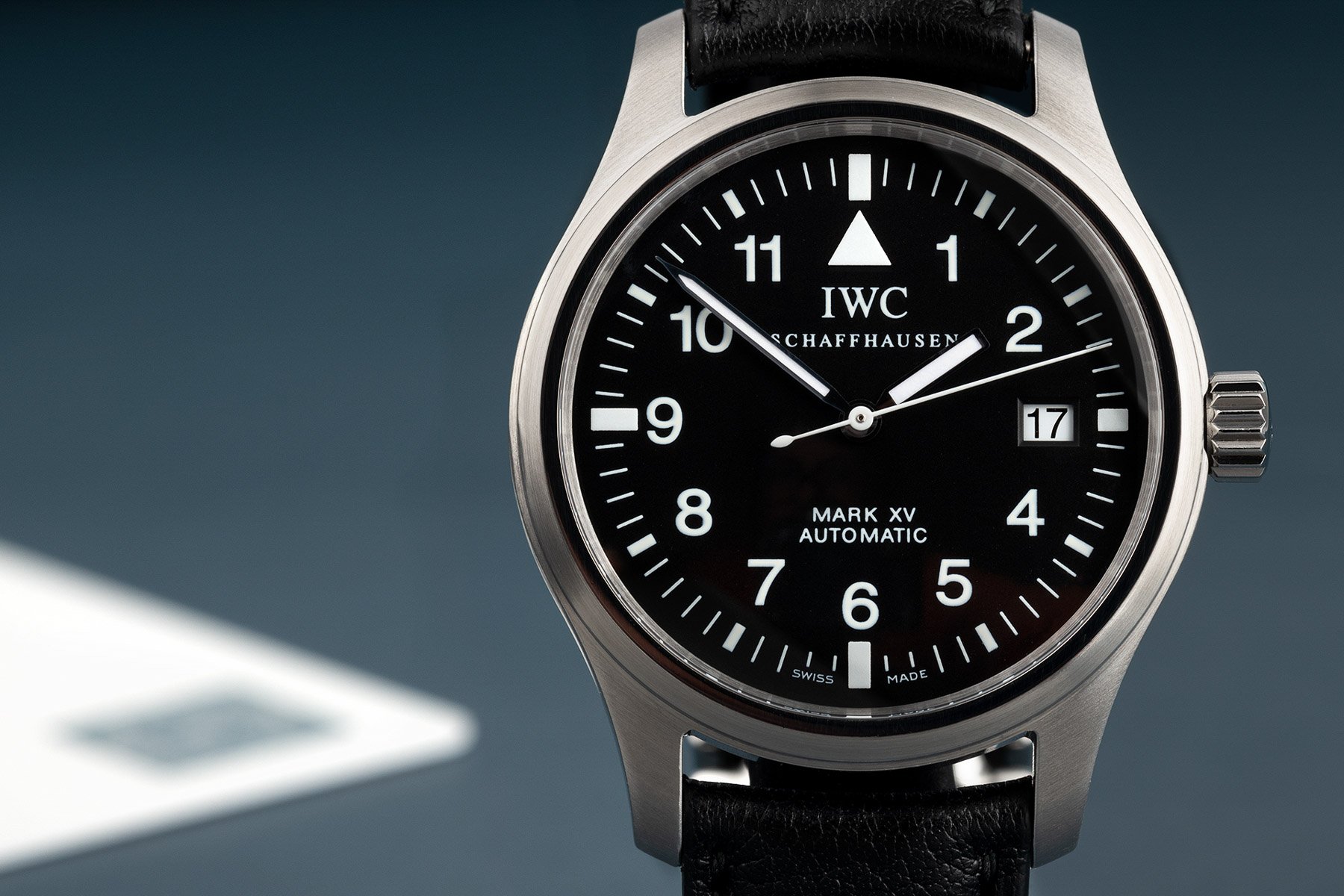
Image: Watch Club
It is somewhat ironic that clocks famous for Arabic numbers use Roman numerals to designate models. If you’re in the market for tough pilot watches, look for the IWC Mark series. The question is one of the models to go to.
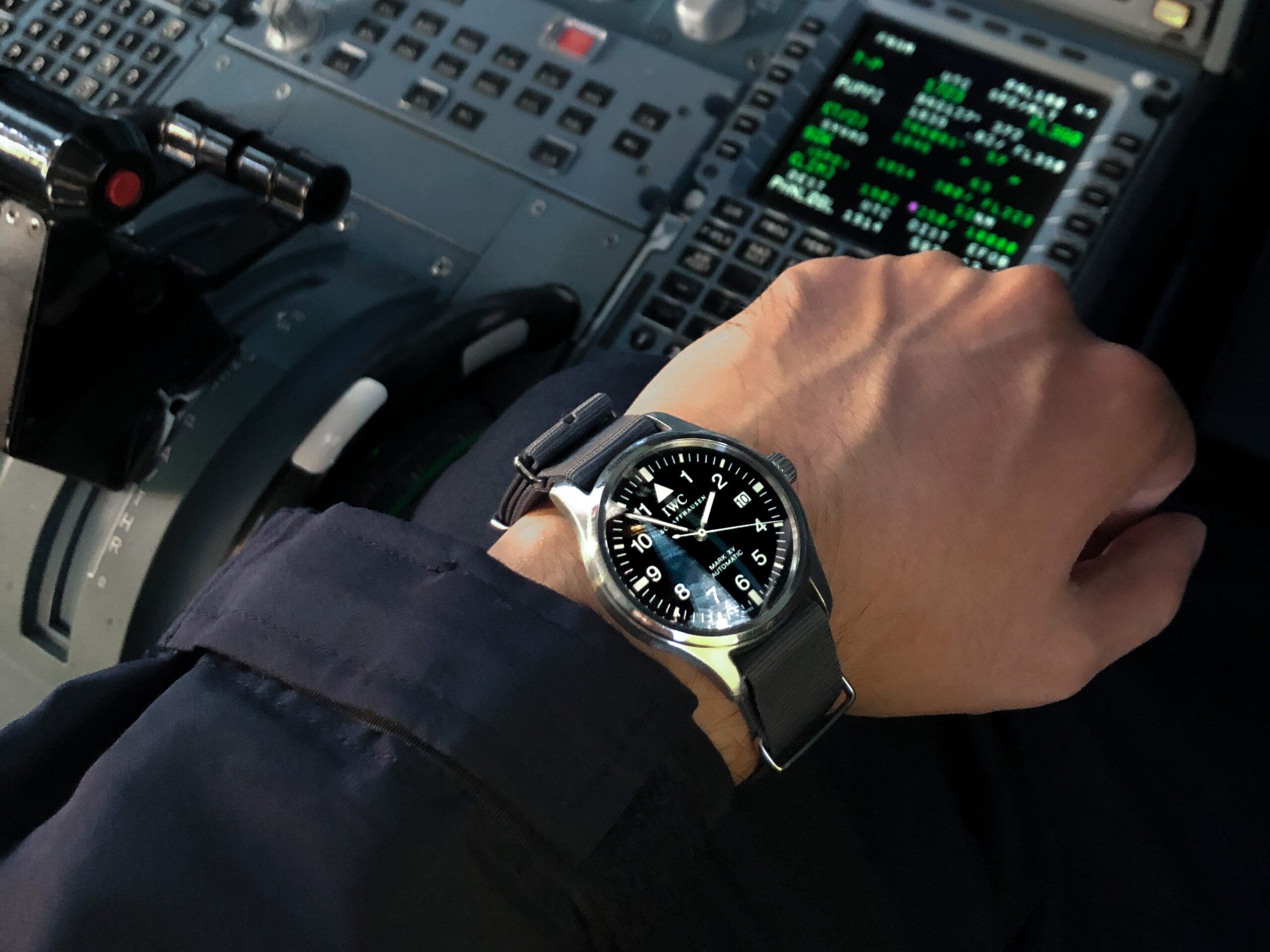
IWC Mark XV
Secondary market IWC GEM
There are big bargains on the second-hand market, especially with Mark XVII and XVIII. However, my favorite is the Mark XV, which houses the modified ETA 2892-A2 and has a 38mm case size. After more classic options, check out the IWC Mark XII (also known as Mark 12). This is a small 36mm size and has a caliber from the jaeger-lecoultre inside.
These watches come equipped with an iron inner cage as standard, providing excellent resistance to magnetism. The cases are also designed to withstand sudden decompression, with a 6-bar water resistant rating and a under-screw crown. IWC says that the water resistance rating is perfectly suited for snorkeling if the watch passes pressure test. However, we do not recommend bringing the Vintage Mark XI (11) into the sea.
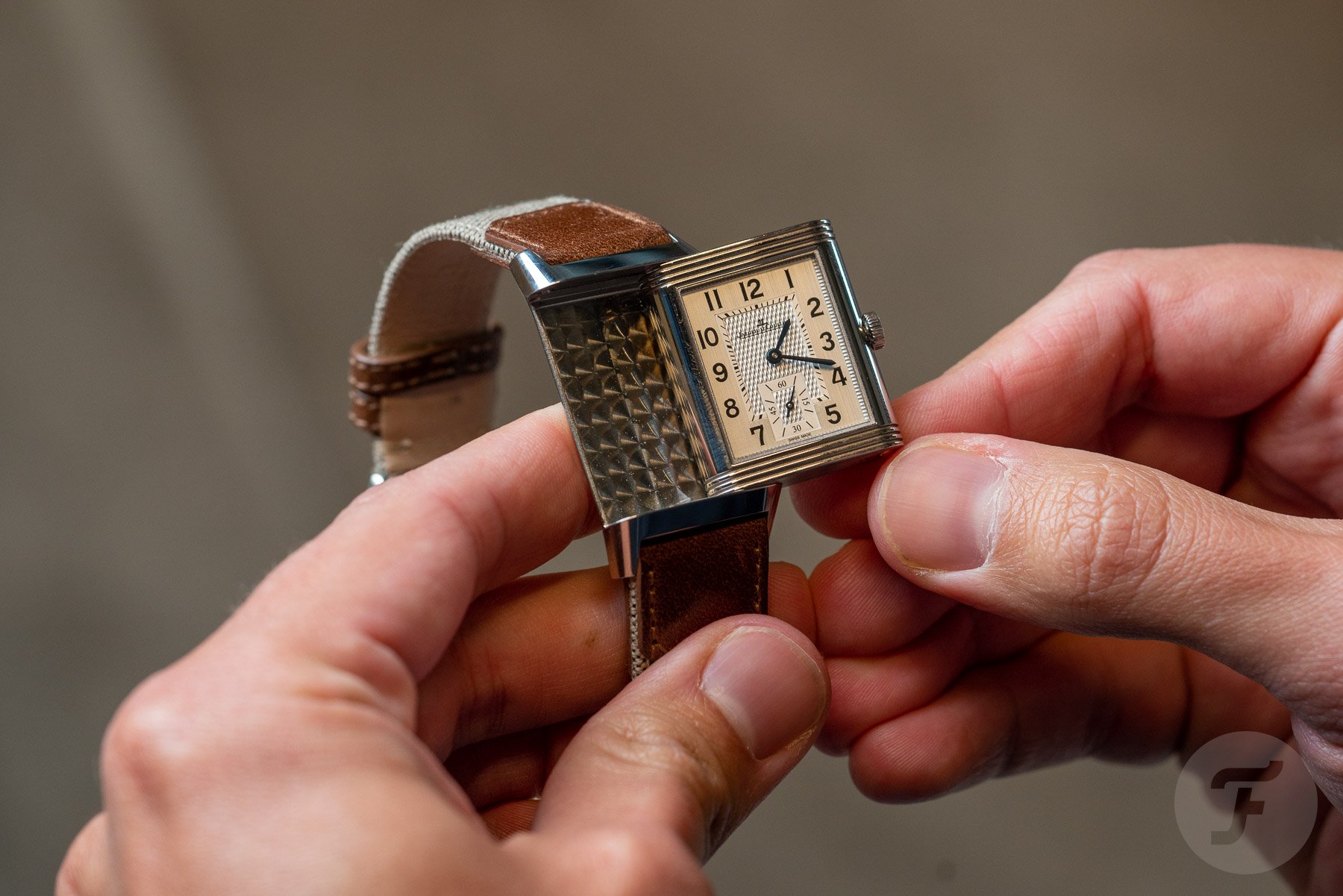
Jaeger-lecoultreSverso
The last watch on this list is Jaeger-LecoultreSverso. I’m not proposing a particular model here, but if it’s up to me, I’d probably opt for something smaller sized with a mechanical caliber. The Jaeger Le-Coultre Reverso is certainly an elegant dress watch, but it has its origins as a sports watch. The reversed face allowed the case to function as a steel shield, as the watch was used by polo players in the early 20th century.

Image: Second hand club
It’s a good backstory, and the watch design is nothing but iconic. It also makes it easier to read thanks to its modest and clear Arabic numbers. Not all versions have Arabic numbers, but most versions do. This is the option I’m suited to. Another great thing about JLC Reverso is that whether dressed up or dressed, it is a timeless case shape that looks appropriate in so many different situations. Do I own it? no. Certainly, however, we have seen the retail prices of JLC watches have skyrocketed in recent years, so I’m looking for something ancient.
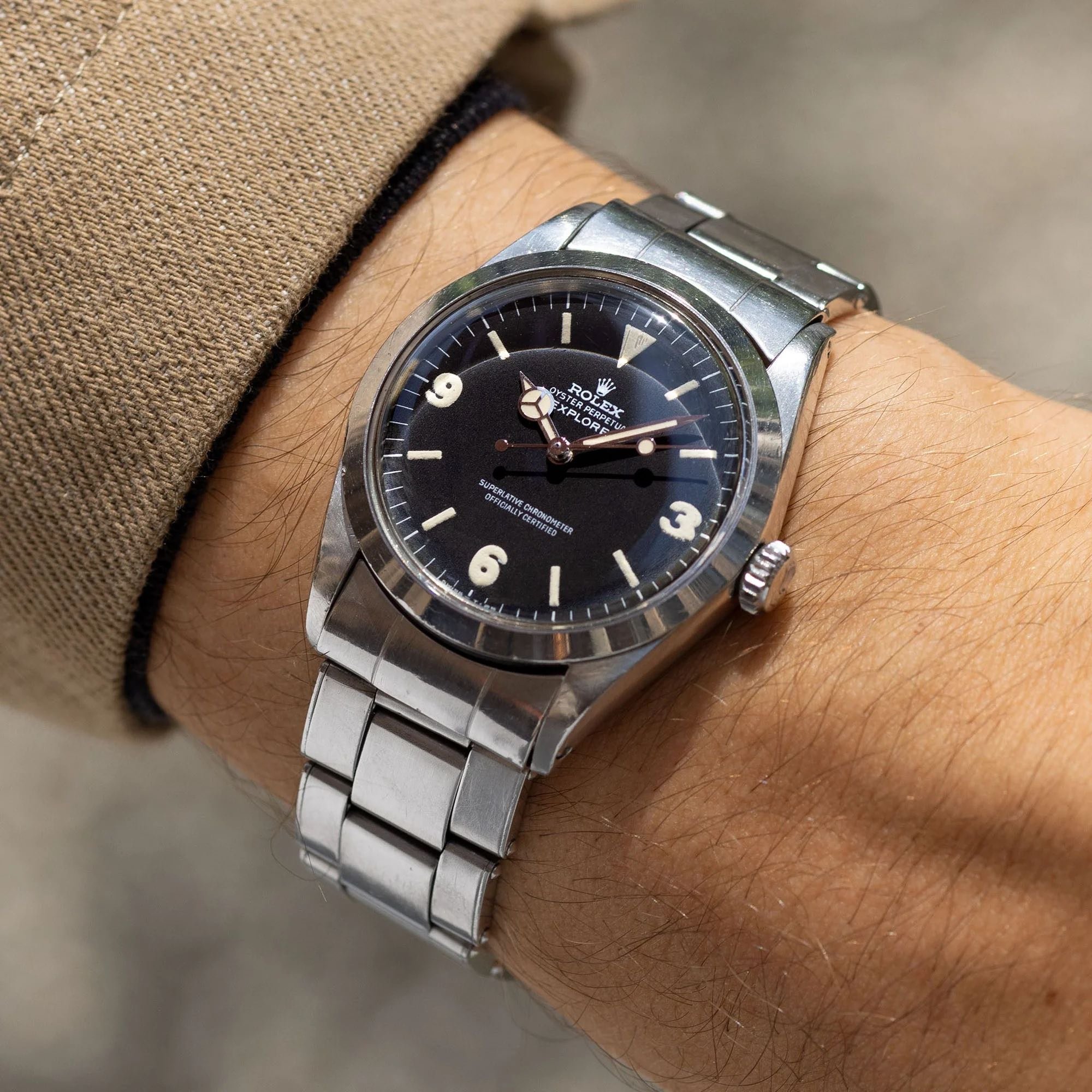
The idea of conclusion
Well, you have it. There could have been more watches on this list. For example, I looked into Rolex Explorer, but thought that anything that only has Arabic numbers would be a bit of a cop. Micro brands of all sizes and major brands produce watches with Arabic numbers on the dial. But what I show in this list is that there are so many ways to skin a cat, so to speak. If you’re following something with a beautiful Art Deco vibe, it’s hard to pass something like Universal Geneva FS.
Given the vast number of options, I would like to take into account how using Arabic numbers for each particular clock design makes me feel. How do you contribute to the overall design and functionality of the watch? What is the history of that particular watch line, or what does it offer at a certain price range? What are your recommendations that should have been on this list in Fratelli, the comments section. I look forward to reading them!
